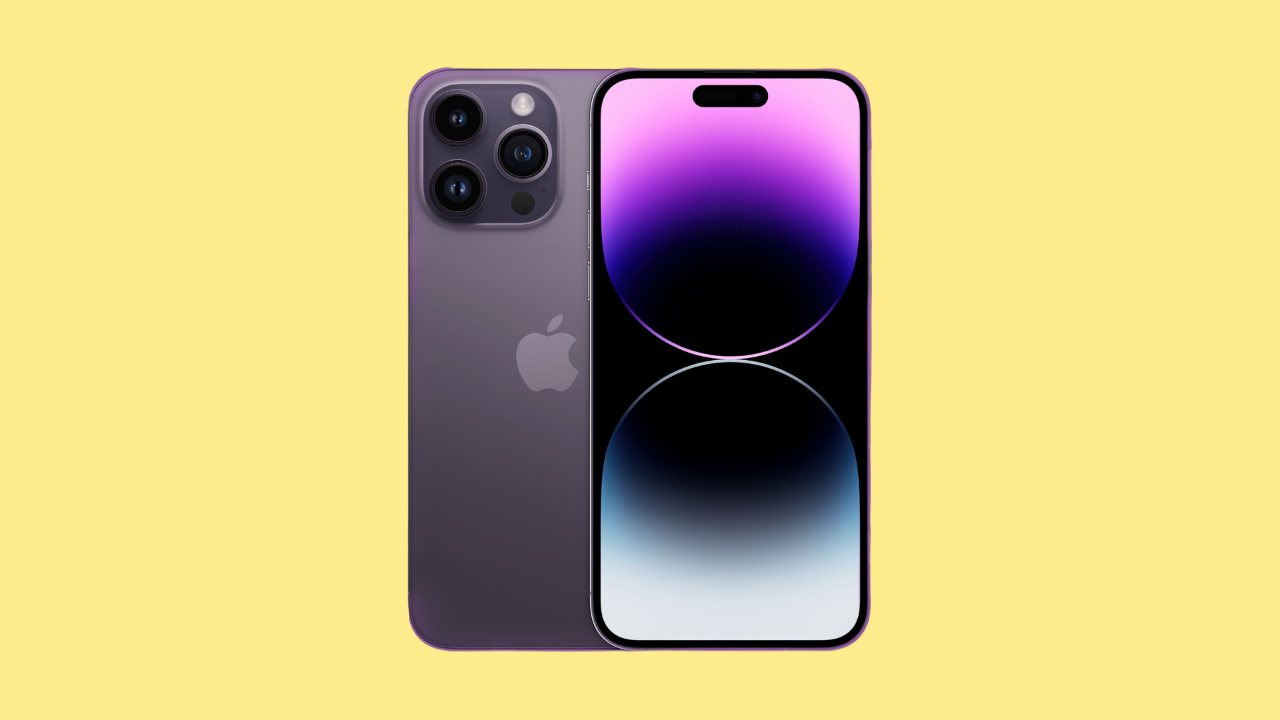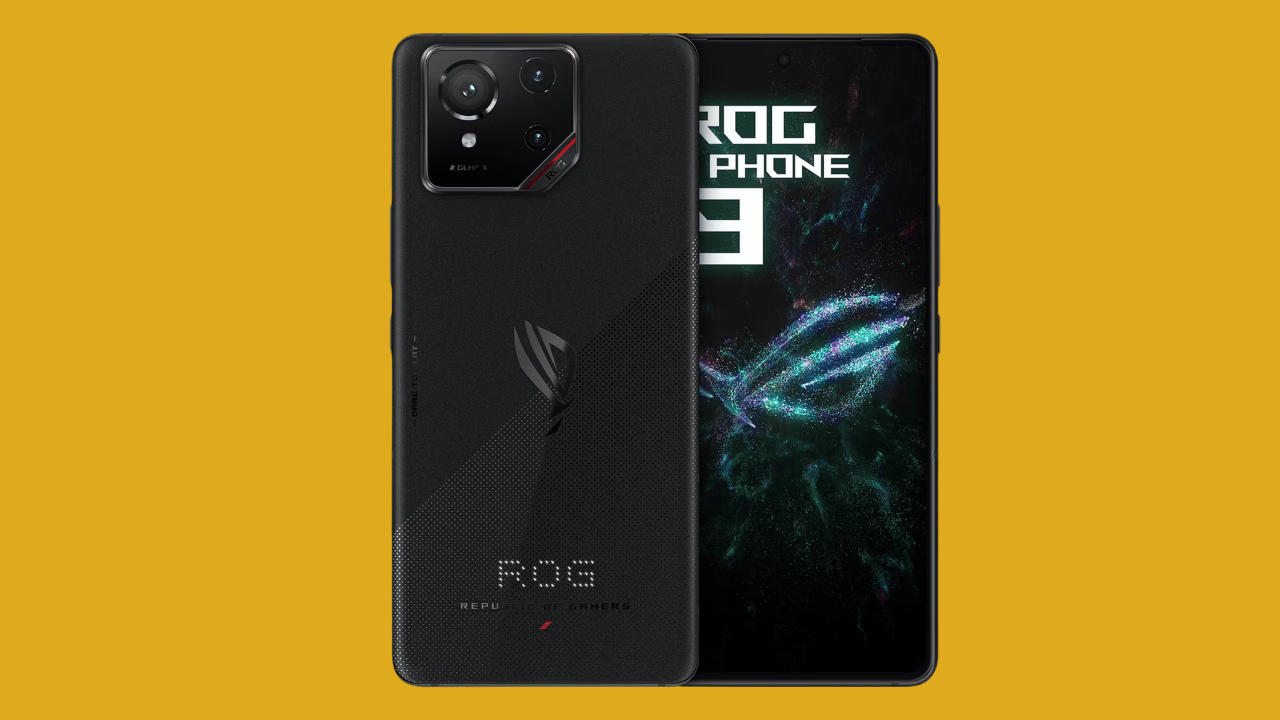Smartphones are like little computers that can do a lot of things, like play games, take pictures, and even process advanced AI. The chipset is the most important part of all of this. The chipset is the hidden force that decides how fast, smart, and useful your phone is, whether you buy a cheap Android phone or a high-end iPhone. This article gives you a clear, timeless comparison of smartphone chipsets to help you figure out what makes a phone really powerful.
We’ll talk about how Qualcomm Snapdragon, MediaTek Dimensity, and Apple A-series differ from each other and how these differences affect performance, efficiency, gaming, and AI in the real world. Don’t worry if you don’t understand tech terms like SoC, nanometers, or GPU cores. This guide is meant to be simple, clear, and useful for a long time.
What Is a Chipset for a Smartphone?
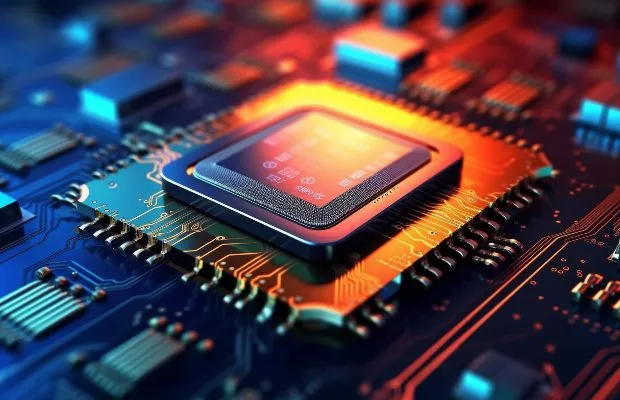
Before we compare smartphone chipsets, it’s important to know what a chipset (or SoC, which stands for “System on a Chip”) is.
A smartphone chipset is one chip that has a lot of important parts in it:
- CPU (Central Processing Unit): In charge of general processing and app performance.
- GPU (Graphics Processing Unit): Makes games and graphics work.
- AI Engine: Controls smart features and machine learning.
- ISP (Image Signal Processor): Controls the quality of the images and how they are processed.
- Modem: Lets you connect to cellular, Wi-Fi, and Bluetooth networks.
The chipset is, in short, the brain of the smartphone. Your phone gets faster and smarter the better it is, no matter how much RAM or storage it has.
Why Chipsets Matter: How They Affect Performance in the Real World
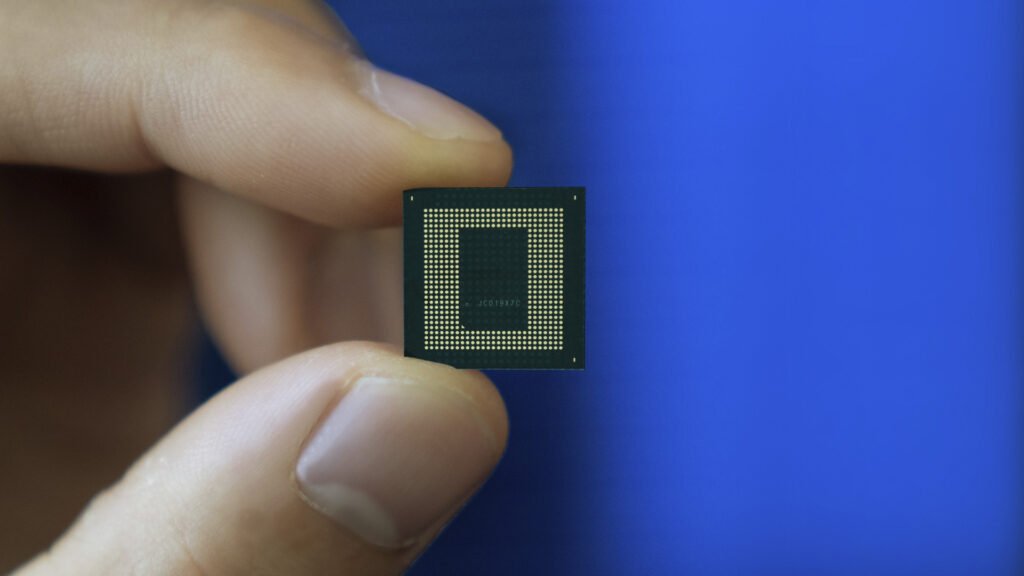
A lot of people think that more RAM or a higher megapixel camera means better performance, but that’s not always the case. A strong chipset has an effect on:
- Times for App Launch
- Battery Life
- Frame Rates in Video Games
- How Fast and Clear the Camera Is
- AI Features, such as Voice Assistants or Recognizing Photos
- Compatibility with Future Software Updates
Knowing about the chipset is important if you want to buy a phone that works well now and will still be useful for years to come.
Big Names in Smartphone Chipsets
Let’s look at the three biggest companies that make smartphone chipsets and see what makes each one special.
1. Qualcomm Snapdragon
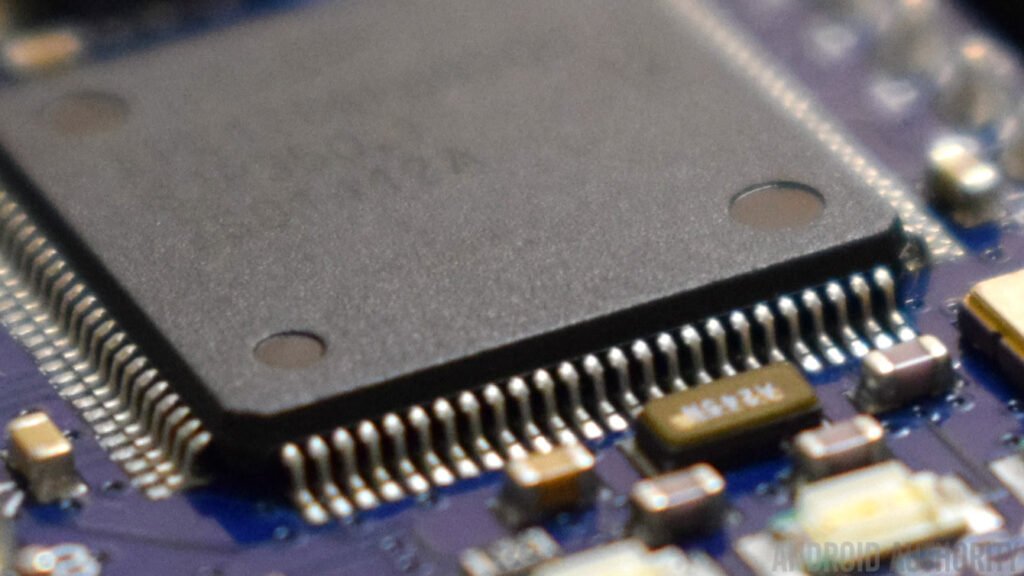
Best For: Gaming, balanced performance, and 5G connectivity
Many Android phones, from mid-range to flagship, use Qualcomm’s Snapdragon line. Their Snapdragon 8 Gen series is used in high-end phones like the Samsung Galaxy S and OnePlus.
Strengths:
- Great performance in AI, CPU, and GPU.
- Adreno is a powerful GPU for gaming.
- Good control of heat.
- The best modem in the industry for 5G speeds.
Important Chips:
- Snapdragon 8 Gen 3: A top-of-the-line chip that can handle gaming and AI processing very well.
- Snapdragon 7+ Gen 3: Good performance in the upper mid-range with great battery life.
2. Dimensity from MediaTek
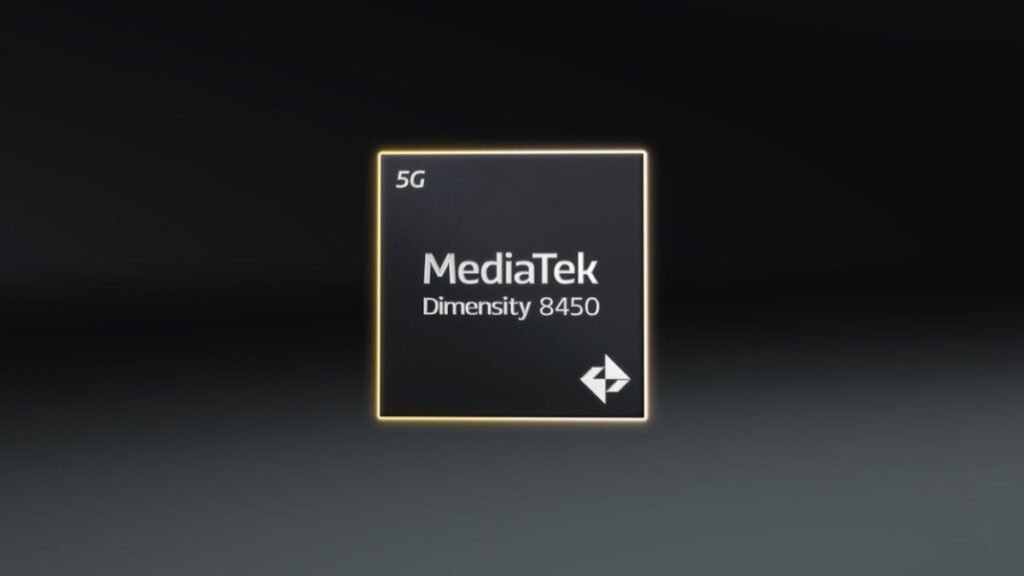
Best For: Good value, efficiency, and a good mix of features
MediaTek was once thought of as a budget option, but its Dimensity 8000 and 9000 series chips have made it a serious competitor. In many important ways, these are now as good as Snapdragon.
Good Points:
- Affordable and performs well.
- Better power efficiency, especially in phones that are in the middle range.
- All of the newest models come with a built-in 5G modem.
Chips That Stand Out:
- Dimensity 9300: As fast as the Snapdragon 8 Gen 3.
- Dimensity 8200: A great chip for the upper middle range. It has good thermals and battery life.
3. The A-Series from Apple (A17 Pro, A16 Bionic, etc.)
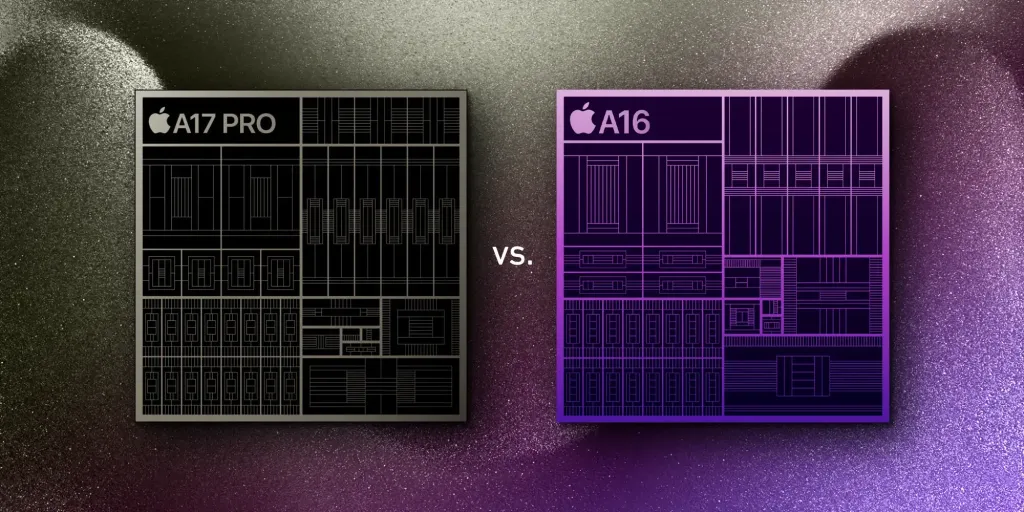
Best For: Raw performance, optimization, and updates that last a long time
Apple makes its own chips for iPhones, and they always come out on top in benchmarks and real-world use. Apple’s control over both hardware and software makes it the most efficient company.
Pros:
- The best performance per watt in its class.
- Very fast app launch and multitasking.
- The best GPU for creative apps and games in the business.
- Long-term support for software updates (more than 5 years).
Important Chips:
- A17 Pro: In the iPhone 15 Pro and is great for gaming, AI, and camera processing.
- A16 Bionic: Still faster than most Snapdragon and MediaTek chips.
Smartphone Chipset Comparison: How They Work

Let’s look at how each chipset works in real-life situations that are important to users.
A. How Well Apps Work and Handle Multitasking
- Apple A-series has the best single-core CPU performance of any series. Apps open right away and run smoothly, even when there are a lot of background processes.
- Snapdragon chips come close, especially with Gen 3 architecture, which lets you do a lot of things at once like a top-of-the-line phone.
- MediaTek does well with multiple cores, but it might not be as fast when the load is high on mid-range phones.
B. Graphics and Gaming (GPU)

- Snapdragon (Adreno GPU) is usually the best choice for mobile gamers. When used with tools like Snapdragon Elite Gaming, it gives you steady frame rates and better rendering.
- A17 Pro’s GPU is powerful and has hardware-accelerated ray tracing, which is great for high-end games and AR.
- MediaTek (Mali GPU) has come a long way, especially in the Dimensity 9200 and 9300, but it may get hot if you play for a long time.
C. How Well the Battery Works
- Apple A-series chips are the best because they work well with the OS and have a smart 3nm/4nm design.
- Mid-range phones with MediaTek chips have longer battery life than those with Snapdragon chips.
- Snapdragon 8 Gen series has better power management, but older models can drain the battery faster.
D. AI and Machine Learning

AI is used in features that run in the background, like improving images, recognizing voices, and making personalized suggestions.
- Apple Neural Engine is fast and smart, especially when it comes to things like translating languages in real time or editing photos.
- Snapdragon Gen 3 chips have Hexagon AI cores that let you use generative AI on your device.
- MediaTek APU (AI Processing Unit) works well and has good photo filter and real-time effects performance.
E. The Camera and Image Processing
- Apple A-series: Smart HDR, Deep Fusion, and the Photonic Engine all work perfectly.
- Snapdragon ISP (Spectra): Can handle cameras with up to 200MP and great low-light processing.
- MediaTek Imagiq ISP: With features like real-time HDR video and AI improvements, is quickly catching up.
Results of the Benchmark (In Simple Terms)
This is a general overview of how chipsets stack up against each other, based on results from tools like Geekbench and AnTuTu.
| Chipset | Geekbench (Single-Core) | Geekbench (Multi-Core) | AnTuTu Score |
|---|---|---|---|
| Apple A17 Pro | ~2900 | ~7300 | ~1,600,000 |
| Snapdragon 8 Gen 3 | ~2100 | ~6500 | ~1,550,000 |
| MediaTek Dimensity 9300 | ~1900 | ~6700 | ~1,500,000 |
Keep in mind that benchmarks are useful for measuring performance, but real-world experience is more important, especially when it comes to battery life and heat management.
SoC Process Size: Why “Nanometers” Are Important
You may have seen ads for phones that say things like “4nm chipset.” This is about the size of the manufacturing process, which has an effect on power and efficiency.
- Less heat and better efficiency come from smaller sizes.
- The newest chips from Apple and Snapdragon are on nodes that are 3nm or 4nm.
- MediaTek also moved to 4nm with the Dimensity 9200 and later.
Smaller nodes = cooler, faster, and longer-lasting phones.
Choosing the Right Smartphone Chipset
Not everyone needs the most expensive or fastest chip. Here’s how to make a choice:
1. People Who Use It for Fun (Browsing, Social Media, Photos)
- Find chips from the Snapdragon 7 series or the Dimensity 8000 series.
- These work well without using up the battery or costing too much.
2. Gamers and Power Users
- Pick either the Snapdragon 8 Gen or the Apple A-series (A16 or A17 Pro).
- If the price is right, the MediaTek 9300 is a good choice.
3. Buyers on a Budget
- MediaTek Helio G-series or Snapdragon 6 series chips are good for everyday tasks.
- Don’t expect to be able to do a lot of things at once or play games.
4. How Well Do iPhones and Androids Work?
- In benchmarks, iPhones with Apple chips always do better than Android.
- But Android phones (Snapdragon/MediaTek) usually have more features for the same price.
Longevity: Which Chipset Lasts the Longest?
- Apple chips win in terms of long-term support, with iOS updates for up to 5–6 years.
- Most Snapdragon flagship chips get Android updates for 3 to 4 years.
- Phones with MediaTek chips may only get updates for 1 to 2 years, unless from a high-end brand like OnePlus or Vivo.
The Future of Smartphone Chips
Chipsets are changing quickly, with a focus on:
- On-device AI: Generative AI models like voice assistants and photo editing that don’t need the cloud.
- Ray tracing in games: Makes lighting and shadows look real.
- Advanced ISPs: Making it possible to take DSLR-quality photos on your phone.
- 5G mmWave and 6G prep: Will make connections faster.
As phones get more like PCs, it will still be important to know how to compare smartphone chipsets.
Last Thoughts
The chipset inside your phone is the most important thing that will affect how you use it, whether you buy a cheap Android or the newest iPhone Pro. This comparison of smartphone chipsets has shown that:
- The performance and efficiency of Apple A-series chips are the best.
- Snapdragon has a good balance of power, gaming, and 5G.
- MediaTek offers great value with its strong mid-range options.
Knowing how your smartphone’s brain works will help you make better purchases now and in the years to come.
FAQ
Q: In 2025, what will be the best smartphone chipset?
A: The Apple A17 Pro is the best for performance, and the Snapdragon 8 Gen 3 and Dimensity 9300 are the best for Android.
Q: Is Snapdragon better than MediaTek?
A: MediaTek is a better value in the middle range, but Snapdragon works better in most high-end phones for gaming and keeping things cool.
Q: Does the chipset have an effect on battery life?
A: Yes. Chipsets that work well use less power and make batteries last longer, especially with 3nm/4nm processes.
Q: What are the best chipsets for phones?
- Apple A17 Pro for the iPhone 15 Pro
- Samsung Galaxy S24 Ultra with Snapdragon 8 Gen 3
- Vivo X100 Pro with Dimensity 9300
This guide should help you confidently compare smartphone chipsets if you want to buy a new phone or just want to know how your current one works.
Don’t let marketing hype power your next phone. Let knowledge do it.




